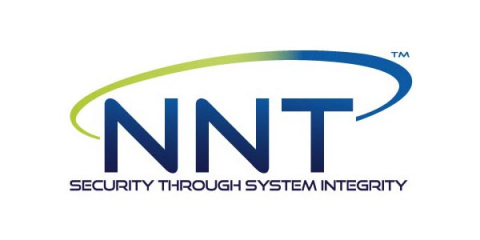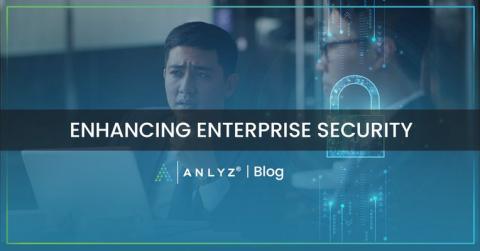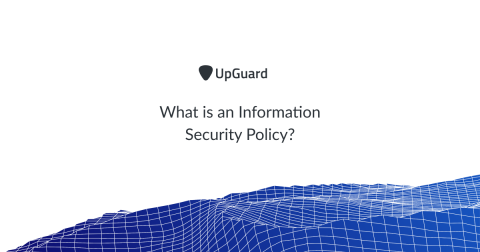What is Threat Hunting?
If you are involved in the cyber security processes, you must have heard of the term threat hunting. In this article, we discussed this rather popular concept in detail. Being one of the buzzing concepts of cyber security, threat hunting has been increasingly popular, but what does it refer to? Do you need it? Should you be doing it? We will answer all these questions in detail.










